Home>Technology>Home Entertainment Systems>Which Way Should A Subwoofer Face In A Home Theater
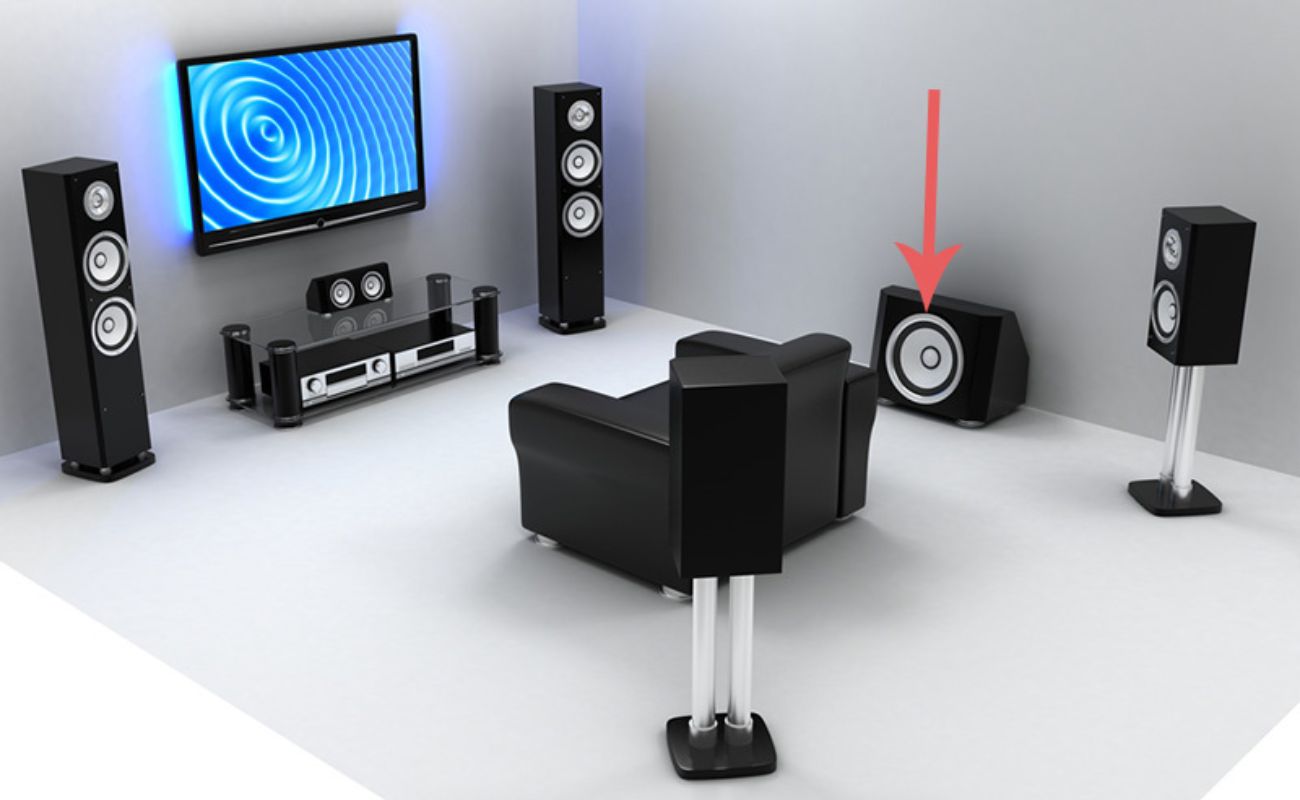

Home Entertainment Systems
Which Way Should A Subwoofer Face In A Home Theater
Published: February 15, 2024
Ensure optimal sound quality in your home entertainment system by positioning your subwoofer correctly. Learn which way a subwoofer should face in a home theater for the best audio experience. Discover expert tips and advice.
(Many of the links in this article redirect to a specific reviewed product. Your purchase of these products through affiliate links helps to generate commission for Storables.com, at no extra cost. Learn more)
Introduction
The subwoofer is a crucial component of any home entertainment system, responsible for delivering the low-frequency sounds that add depth and realism to music, movies, and games. However, the placement of the subwoofer within the home theater space can significantly impact its performance. The direction in which the subwoofer faces plays a pivotal role in optimizing the audio experience, making it essential to understand the various options and their implications.
In this comprehensive guide, we will delve into the intricacies of subwoofer placement, focusing specifically on the direction in which the subwoofer should face in a home theater setting. By exploring the factors that influence this decision and the potential outcomes of different orientations, we aim to provide valuable insights for both seasoned enthusiasts and newcomers to the world of home entertainment systems.
Understanding the optimal placement for a subwoofer is not only about achieving powerful bass but also about creating an immersive and balanced audio environment. Whether you are setting up a dedicated home theater room or integrating a surround sound system into a multipurpose living space, the positioning of the subwoofer can make a substantial difference in the overall audio quality.
As we embark on this exploration, it's important to keep in mind that the goal is to strike a harmonious balance between technical precision and practical application. By considering the unique characteristics of your home theater space and the specific requirements of your audio setup, you can make informed decisions that elevate your listening experience to new heights. Let's dive into the intricacies of subwoofer placement and discover the optimal direction for unleashing the full potential of your home entertainment system.
Key Takeaways:
- Choose the right subwoofer placement for balanced, immersive sound. Front-facing placement integrates seamlessly with main speakers, while down-firing and side-firing options leverage room surfaces for enhanced bass.
- Consider room acoustics, speaker configuration, and listening position when deciding subwoofer direction. Each orientation offers unique benefits for optimizing bass performance in your home theater.
Read more: Which Way Should A Pergola Face?
Importance of Subwoofer Placement
The placement of a subwoofer within a home theater environment is a critical factor that significantly influences the overall audio experience. The low-frequency sounds produced by the subwoofer are responsible for adding depth, impact, and realism to the audio, making it an indispensable component for a truly immersive entertainment setup. However, achieving optimal subwoofer placement involves more than simply finding an available spot in the room. It requires a thoughtful approach that takes into account various acoustic and spatial considerations to maximize the performance of the subwoofer.
Proper subwoofer placement is essential for achieving balanced and accurate bass reproduction throughout the listening area. When strategically positioned, the subwoofer can seamlessly integrate with the main speakers, creating a cohesive soundstage that enhances the overall audio immersion. Conversely, improper placement can lead to uneven bass response, noticeable peaks and dips in the frequency range, and potential localization of the low-frequency sounds, detracting from the intended audio experience.
Moreover, the placement of the subwoofer directly impacts its interaction with the room's acoustics. Different locations within the room can result in varying levels of bass reinforcement or cancellation, influenced by factors such as room dimensions, furniture placement, and wall surfaces. By carefully considering these acoustic characteristics, it becomes possible to optimize the subwoofer placement to minimize unwanted resonances and standing waves, thereby promoting a more natural and balanced bass reproduction.
In addition to the acoustic considerations, the placement of the subwoofer also plays a crucial role in achieving a seamless integration with the main speakers. Properly aligning the subwoofer with the main speakers and ensuring a smooth transition between the low-frequency effects and the rest of the audio spectrum is essential for maintaining coherency and realism in the sound reproduction. This integration is particularly vital in multi-channel audio setups, where the subwoofer's performance directly contributes to the overall surround sound experience.
In essence, the importance of subwoofer placement cannot be overstated. It directly influences the quality, accuracy, and impact of the low-frequency audio reproduction, ultimately shaping the overall listening experience. By carefully considering the acoustic properties of the room, the interaction with the main speakers, and the desired audio performance, it becomes possible to optimize the subwoofer placement for a truly captivating and immersive home entertainment experience.
Factors to Consider
When determining the optimal direction for placing a subwoofer in a home theater, several crucial factors come into play. Understanding and carefully considering these factors can significantly impact the overall audio performance and the immersive quality of the listening experience. Here are the key considerations to keep in mind:
Room Acoustics
The acoustic properties of the room, including its size, shape, and construction materials, have a profound impact on the way sound propagates and interacts with the space. Low-frequency sounds, in particular, can be heavily influenced by room acoustics, leading to phenomena such as standing waves, bass buildup, or null points. By assessing the room's acoustics, it becomes possible to identify areas where bass response may be exaggerated or attenuated, guiding the placement of the subwoofer to mitigate these effects and achieve a more balanced sound distribution.
Main Speaker Configuration
The type and configuration of the main speakers in the home theater setup play a crucial role in determining the optimal subwoofer placement. For instance, in a 2.1 stereo system, where the main speakers cover the full audio spectrum, the subwoofer's positioning should aim to seamlessly integrate with the main speakers, enhancing the low-frequency extension without creating a disjointed soundstage. In contrast, in a 5.1 or 7.1 surround sound system, where the main speakers are complemented by dedicated low-frequency effects channels, the subwoofer placement needs to align with the overall surround sound layout to ensure cohesive bass reproduction across all channels.
Read more: Which Way To Face Insulation
Listening Position
Considering the primary listening position within the room is essential for optimizing subwoofer placement. Whether it's a single sweet spot in a dedicated home theater or a flexible seating arrangement in a multipurpose living space, the subwoofer's direction should be oriented to deliver balanced bass response at the intended listening location. By accounting for the listener's perspective, it becomes possible to fine-tune the subwoofer placement to achieve consistent and enveloping bass performance throughout the designated listening area.
Flexibility and Room Layout
The flexibility of the subwoofer's placement and the layout of the room are also significant factors to consider. In some cases, the room's layout or furniture arrangement may impose constraints on the subwoofer's positioning, necessitating creative solutions to optimize its direction for the best possible bass performance. Additionally, the ability to experiment with different placement options and orientations can be valuable in finding the optimal configuration that balances practical considerations with acoustic excellence.
By taking these factors into account and carefully evaluating their interplay within the specific home theater environment, it becomes possible to make informed decisions regarding the direction in which the subwoofer should face. Each of these considerations contributes to the overarching goal of achieving a harmonious and immersive audio experience, where the subwoofer seamlessly integrates with the room's acoustics, the main speakers, and the listener's position, ultimately enhancing the overall enjoyment of music, movies, and games.
Front-Facing Subwoofer
A front-facing subwoofer, as the name suggests, is positioned with its driver or speaker facing towards the front of the room, typically in alignment with the main speakers or the primary listening area. This orientation is commonly employed in home theater setups where the subwoofer is intended to seamlessly integrate with the main stereo or surround sound speakers, delivering a cohesive and balanced low-frequency extension to the audio reproduction.
When the subwoofer faces the front of the room, it works in tandem with the main speakers to create a unified soundstage, ensuring that the low-frequency effects are effectively blended with the rest of the audio spectrum. This configuration is particularly beneficial in stereo systems, where the subwoofer's front-facing placement allows for a smooth transition between the main speakers and the low-frequency reinforcement, resulting in a more natural and immersive listening experience.
In a multi-channel surround sound setup, a front-facing subwoofer contributes to the overall coherency of the audio presentation by aligning its bass output with the front, center, and surround speakers. This alignment is crucial for maintaining a seamless surround sound environment, where the low-frequency effects seamlessly envelop the listener without drawing undue attention to the subwoofer's location.
Furthermore, the front-facing orientation of the subwoofer facilitates a more direct and focused bass projection towards the primary listening area, enhancing the impact and presence of low-frequency sounds without sacrificing clarity or coherence. By directing the bass energy towards the front of the room, a front-facing subwoofer can effectively anchor the audio experience, providing a solid foundation for the rest of the sound elements to build upon.
In terms of room acoustics, a front-facing subwoofer placement allows for better integration with the main speakers, minimizing potential phase issues and ensuring a more uniform bass response throughout the listening area. This integration is essential for achieving a balanced and natural sound reproduction, where the low frequencies seamlessly blend with the midrange and high frequencies, creating a cohesive sonic environment.
In summary, a front-facing subwoofer offers several advantages in optimizing the low-frequency performance within a home theater setting. By aligning its orientation with the front of the room, the subwoofer can effectively integrate with the main speakers, deliver focused bass projection, and contribute to a cohesive and immersive audio experience. When considering the placement of a subwoofer in a home theater, the front-facing configuration stands as a compelling option for achieving balanced and impactful bass reproduction.
Down-Firing Subwoofer
A down-firing subwoofer is characterized by its orientation, with the speaker driver positioned to emit sound waves downward, typically towards the floor of the room. This unique configuration offers distinct advantages and considerations that can significantly impact the overall bass performance within a home theater environment.
One of the primary benefits of a down-firing subwoofer lies in its ability to leverage the floor as a boundary surface for bass reinforcement. When the low-frequency sound waves are directed towards the floor, they interact with the room's acoustics, leading to enhanced bass response through floor coupling. This phenomenon can result in a perceptible increase in bass impact and extension, as the floor acts as a secondary radiator, effectively amplifying the low-frequency effects and contributing to a more immersive audio experience.
Moreover, the down-firing orientation of the subwoofer can help mitigate potential localization issues, where the source of the low-frequency sounds becomes discernible to the listener. By directing the bass energy towards the floor, rather than directly towards the primary listening area, the down-firing subwoofer can achieve a more diffuse and enveloping bass distribution, minimizing the risk of pinpointing the subwoofer's location and promoting a seamless integration of low-frequency effects within the overall soundstage.
In terms of room acoustics, the down-firing placement of the subwoofer can capitalize on the reflective properties of the floor, leading to improved bass dispersion and reinforcement throughout the listening area. This interaction with the room's surfaces can help address potential bass nulls or standing wave issues, resulting in a more uniform and balanced bass reproduction that resonates with the spatial characteristics of the room.
Additionally, the down-firing configuration offers practical advantages, as it can facilitate a more discreet integration of the subwoofer within the room. With the driver facing downward, the subwoofer can be positioned inconspicuously within the listening space, blending seamlessly with the room's decor and minimizing visual impact while delivering powerful and enveloping bass performance.
In summary, a down-firing subwoofer presents a compelling option for optimizing bass reproduction in a home theater environment. By leveraging the floor as a boundary surface, mitigating localization issues, and capitalizing on the reflective properties of the room, a down-firing subwoofer can contribute to a more immersive and balanced audio experience. When considering the placement of a subwoofer in a home theater, the down-firing orientation stands as a noteworthy configuration for achieving impactful and cohesive low-frequency sound reproduction.
Read more: Which Way Should Breakers Face
Side-Firing Subwoofer
A side-firing subwoofer, distinguished by its lateral orientation, features a speaker driver positioned on one of its side panels, emitting low-frequency sound waves perpendicular to the main axis of the room. This unique configuration offers distinct advantages and considerations that can significantly impact the overall bass performance within a home theater environment.
One of the primary benefits of a side-firing subwoofer lies in its ability to leverage the room's walls as boundary surfaces for bass reinforcement. When the low-frequency sound waves are projected sideways, they interact with the room's acoustics, leading to enhanced bass response through wall coupling. This phenomenon can result in a perceptible increase in bass impact and extension, as the walls serve as secondary radiators, effectively amplifying the low-frequency effects and contributing to a more immersive audio experience.
Moreover, the side-firing orientation of the subwoofer can help mitigate potential localization issues, where the source of the low-frequency sounds becomes discernible to the listener. By directing the bass energy towards the room's walls, rather than directly towards the primary listening area, the side-firing subwoofer can achieve a more diffuse and enveloping bass distribution, minimizing the risk of pinpointing the subwoofer's location and promoting a seamless integration of low-frequency effects within the overall soundstage.
In terms of room acoustics, the side-firing placement of the subwoofer can capitalize on the reflective properties of the walls, leading to improved bass dispersion and reinforcement throughout the listening area. This interaction with the room's surfaces can help address potential bass nulls or standing wave issues, resulting in a more uniform and balanced bass reproduction that resonates with the spatial characteristics of the room.
Additionally, the side-firing configuration offers practical advantages, as it can facilitate a more flexible integration of the subwoofer within the room. With the driver facing sideways, the subwoofer can be positioned discreetly within the listening space, blending seamlessly with the room's layout and minimizing visual impact while delivering powerful and enveloping bass performance.
In summary, a side-firing subwoofer presents a compelling option for optimizing bass reproduction in a home theater environment. By leveraging the room's walls as boundary surfaces, mitigating localization issues, and capitalizing on the reflective properties of the room, a side-firing subwoofer can contribute to a more immersive and balanced audio experience. When considering the placement of a subwoofer in a home theater, the side-firing orientation stands as a noteworthy configuration for achieving impactful and cohesive low-frequency sound reproduction.
For optimal sound, place the subwoofer in a corner or along a wall for better bass distribution. Experiment with different placements to find the best spot for your home theater.
Rear-Firing Subwoofer
A rear-firing subwoofer, characterized by its unique orientation with the speaker driver positioned to emit sound waves towards the rear of the room, offers distinctive advantages and considerations that significantly influence the overall bass performance within a home theater environment.
One of the primary benefits of a rear-firing subwoofer lies in its ability to leverage the room's rear wall as a boundary surface for bass reinforcement. By directing the low-frequency sound waves towards the rear of the room, the subwoofer interacts with the room's acoustics, leading to enhanced bass response through rear wall coupling. This interaction can result in a perceptible increase in bass impact and extension, as the rear wall serves as a secondary radiator, effectively amplifying the low-frequency effects and contributing to a more immersive audio experience.
Moreover, the rear-firing orientation of the subwoofer can help mitigate potential localization issues, where the source of the low-frequency sounds becomes discernible to the listener. By directing the bass energy towards the rear wall, rather than directly towards the primary listening area, the rear-firing subwoofer can achieve a more diffuse and enveloping bass distribution, minimizing the risk of pinpointing the subwoofer's location and promoting a seamless integration of low-frequency effects within the overall soundstage.
In terms of room acoustics, the rear-firing placement of the subwoofer can capitalize on the reflective properties of the rear wall, leading to improved bass dispersion and reinforcement throughout the listening area. This interaction with the room's surfaces can help address potential bass nulls or standing wave issues, resulting in a more uniform and balanced bass reproduction that resonates with the spatial characteristics of the room.
Additionally, the rear-firing configuration offers practical advantages, as it can facilitate a more discreet integration of the subwoofer within the room. With the driver facing towards the rear, the subwoofer can be positioned inconspicuously within the listening space, blending seamlessly with the room's layout and minimizing visual impact while delivering powerful and enveloping bass performance.
In summary, a rear-firing subwoofer presents a compelling option for optimizing bass reproduction in a home theater environment. By leveraging the room's rear wall as a boundary surface, mitigating localization issues, and capitalizing on the reflective properties of the room, a rear-firing subwoofer can contribute to a more immersive and balanced audio experience. When considering the placement of a subwoofer in a home theater, the rear-firing orientation stands as a noteworthy configuration for achieving impactful and cohesive low-frequency sound reproduction.
Conclusion
In the realm of home entertainment systems, the placement of a subwoofer and the direction in which it faces are pivotal considerations that can profoundly impact the overall audio experience. As we've explored the various orientations—front-facing, down-firing, side-firing, and rear-firing—it becomes evident that each configuration offers unique advantages and considerations for optimizing bass reproduction within a home theater environment.
The front-facing subwoofer, with its alignment towards the front of the room, excels in seamlessly integrating with the main speakers, delivering focused bass projection, and contributing to a cohesive and immersive audio experience. This orientation is particularly well-suited for stereo and surround sound setups, where maintaining coherency and balance across the frequency spectrum is paramount.
Conversely, the down-firing subwoofer leverages the floor as a boundary surface for bass reinforcement, leading to enhanced bass impact and extension while mitigating potential localization issues. This orientation offers practical advantages and can discreetly integrate with the room's decor, making it an appealing choice for those seeking powerful bass performance without sacrificing aesthetics.
The side-firing subwoofer, by projecting sound waves towards the room's walls, capitalizes on wall coupling to achieve enhanced bass dispersion and reinforcement. This configuration offers a flexible integration within the room and contributes to a more immersive and balanced audio experience, particularly in multi-purpose living spaces.
Lastly, the rear-firing subwoofer, with its orientation towards the rear wall, harnesses rear wall coupling to enhance bass response and minimize localization issues. This discreet placement option offers a seamless integration within the listening space while delivering powerful and enveloping bass performance.
In conclusion, the optimal direction for placing a subwoofer in a home theater setting depends on a multitude of factors, including room acoustics, main speaker configuration, listening position, and room layout. By carefully considering these factors and evaluating the unique characteristics of each subwoofer orientation, enthusiasts and newcomers alike can make informed decisions to elevate their home entertainment experience.
Ultimately, the goal of achieving balanced, impactful, and cohesive low-frequency sound reproduction remains at the forefront of subwoofer placement considerations. Whether it's the seamless integration with main speakers, leveraging room boundaries for bass reinforcement, or mitigating localization issues, the direction in which a subwoofer faces plays a crucial role in shaping the immersive and captivating audio experience that defines a truly exceptional home theater setup.
Frequently Asked Questions about Which Way Should A Subwoofer Face In A Home Theater
Was this page helpful?
At Storables.com, we guarantee accurate and reliable information. Our content, validated by Expert Board Contributors, is crafted following stringent Editorial Policies. We're committed to providing you with well-researched, expert-backed insights for all your informational needs.
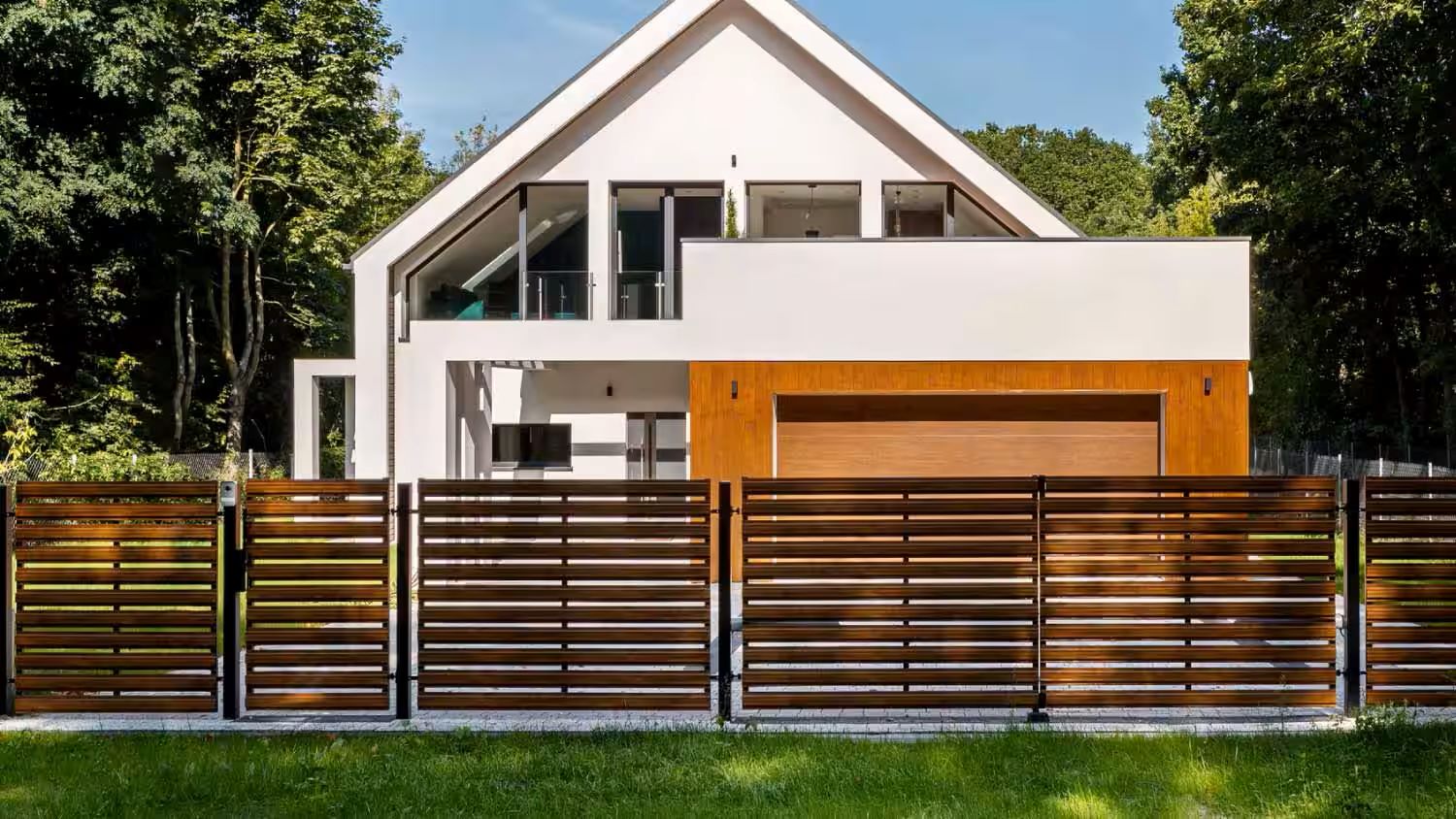
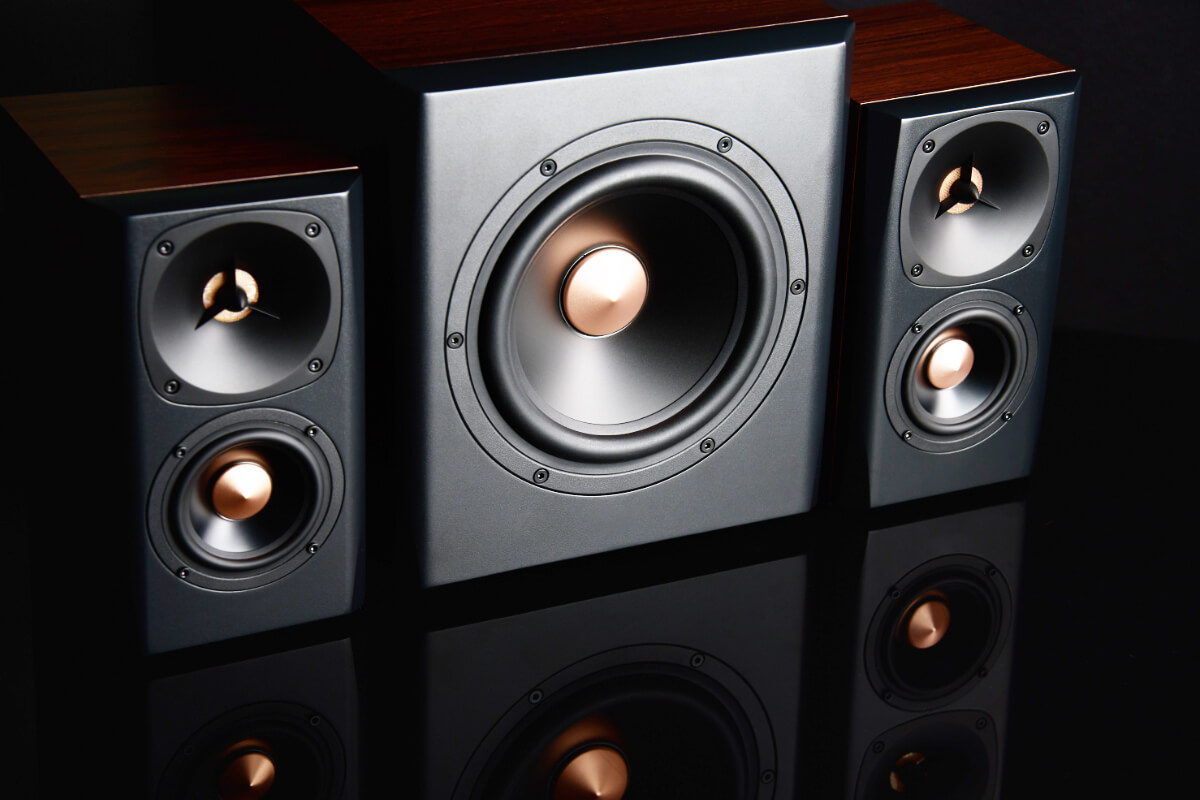

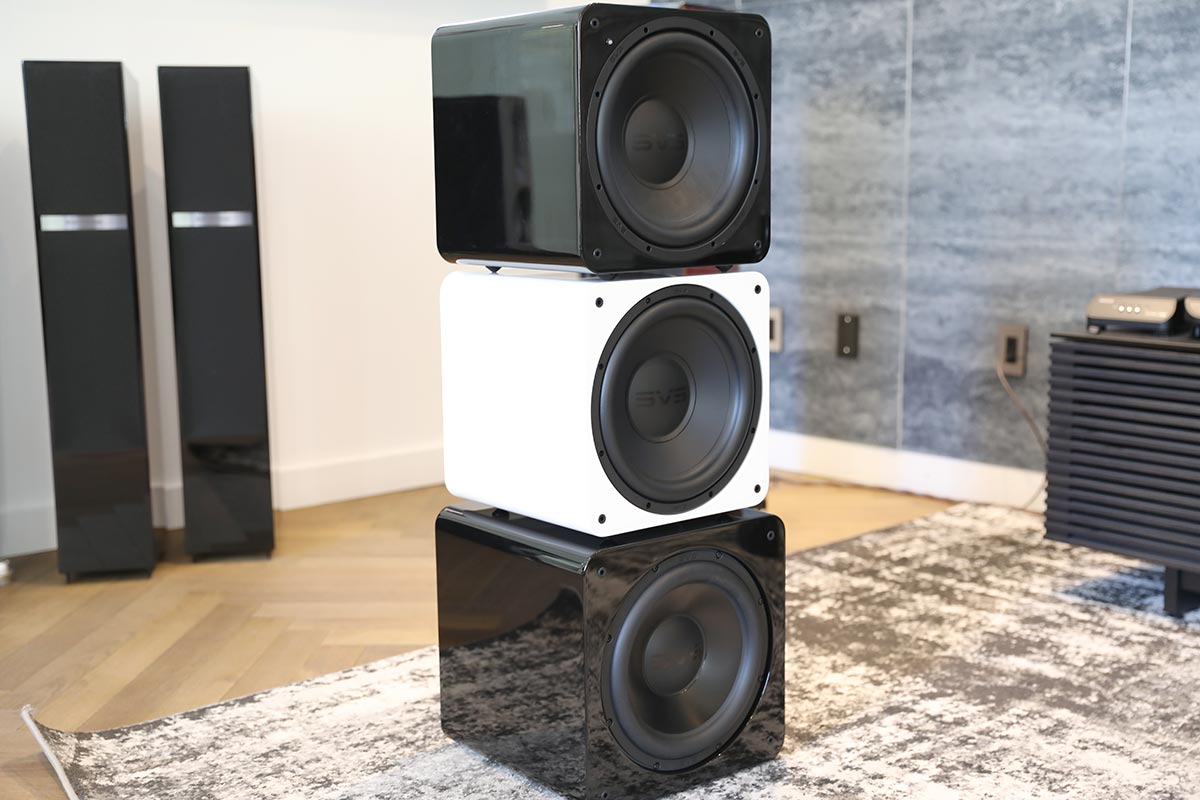
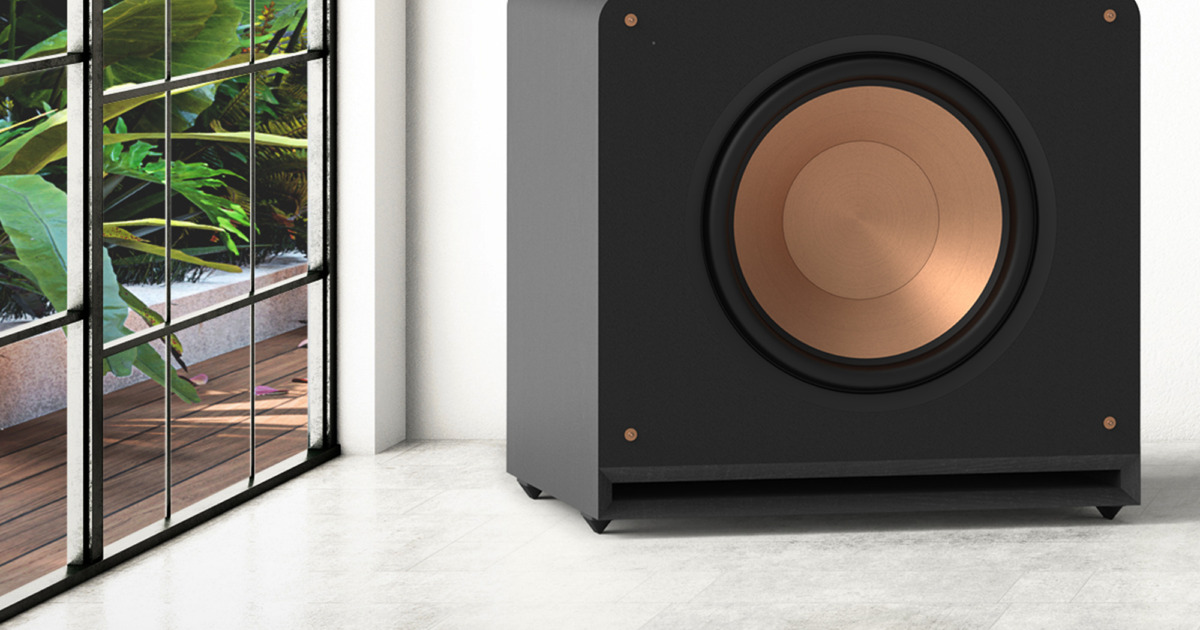
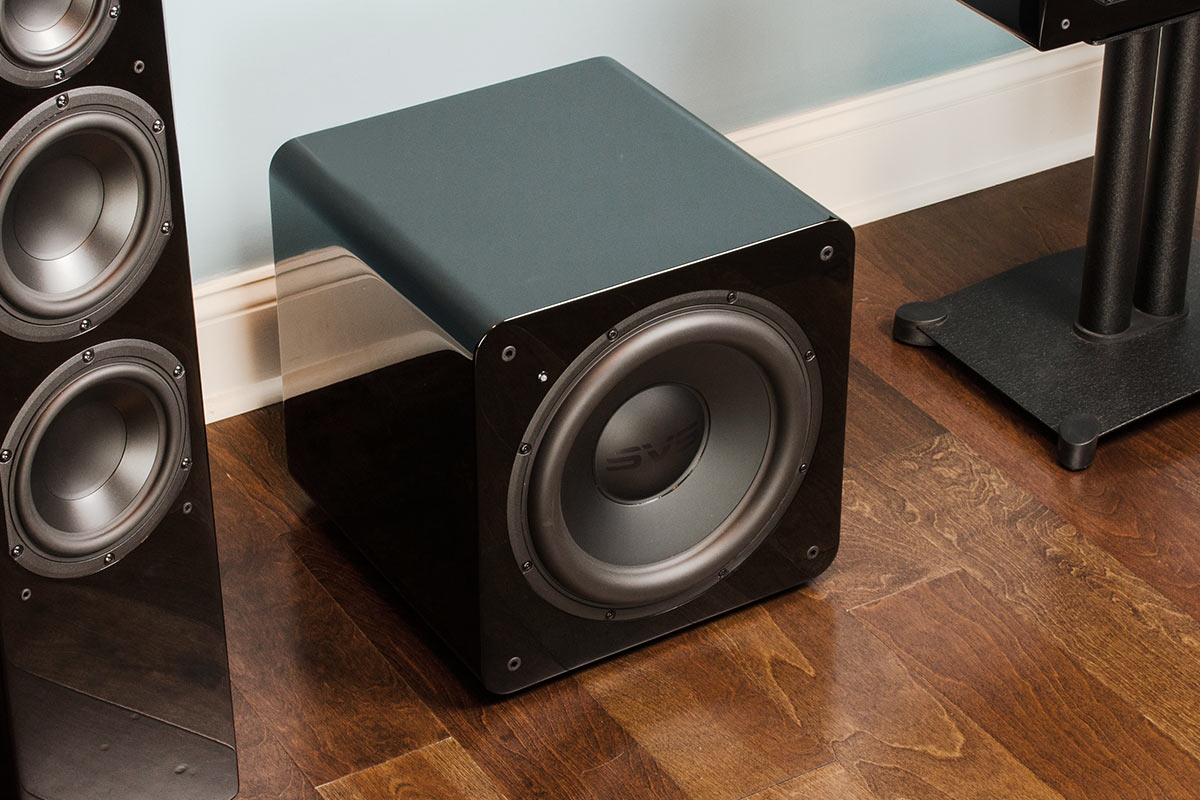
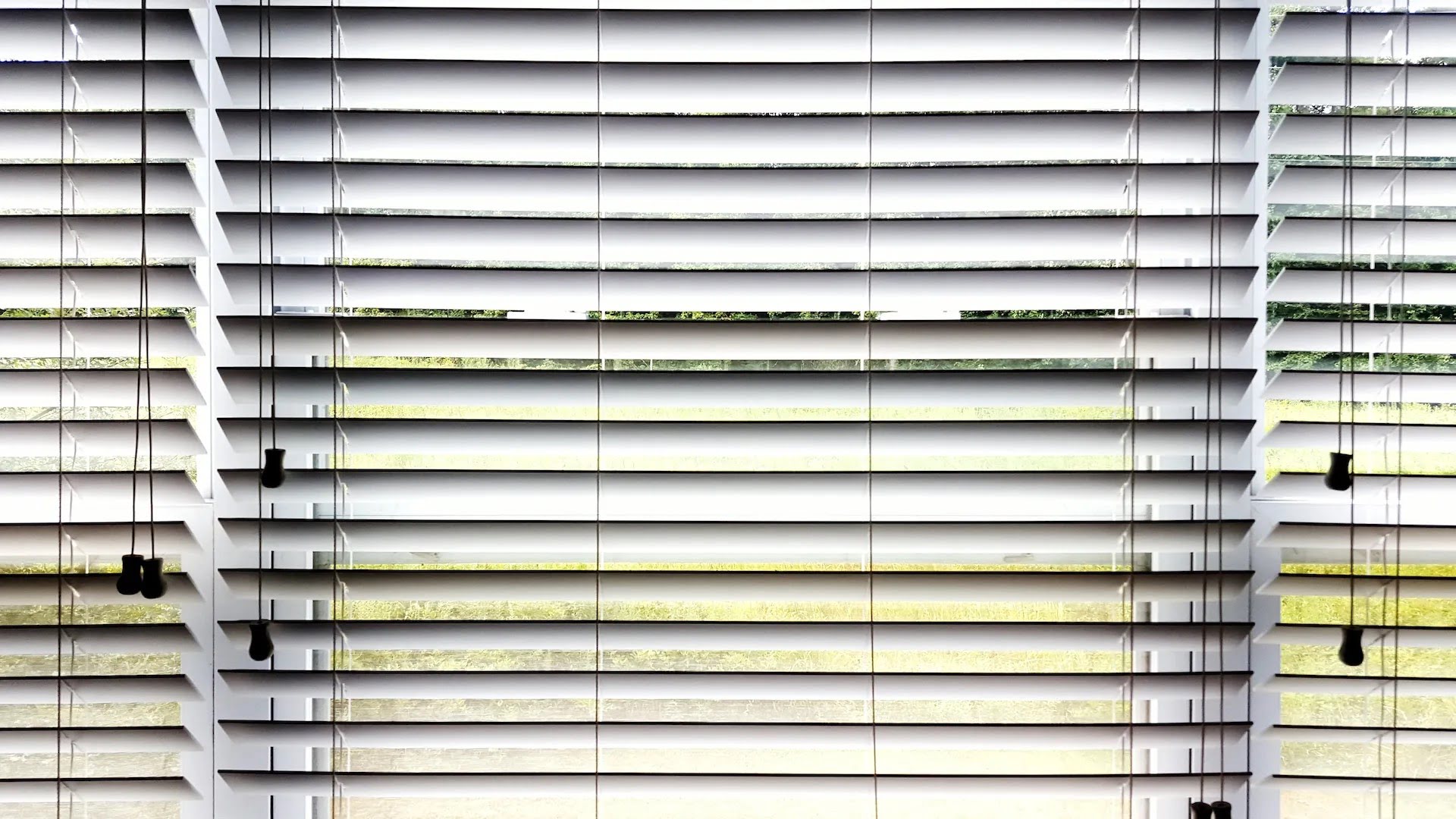



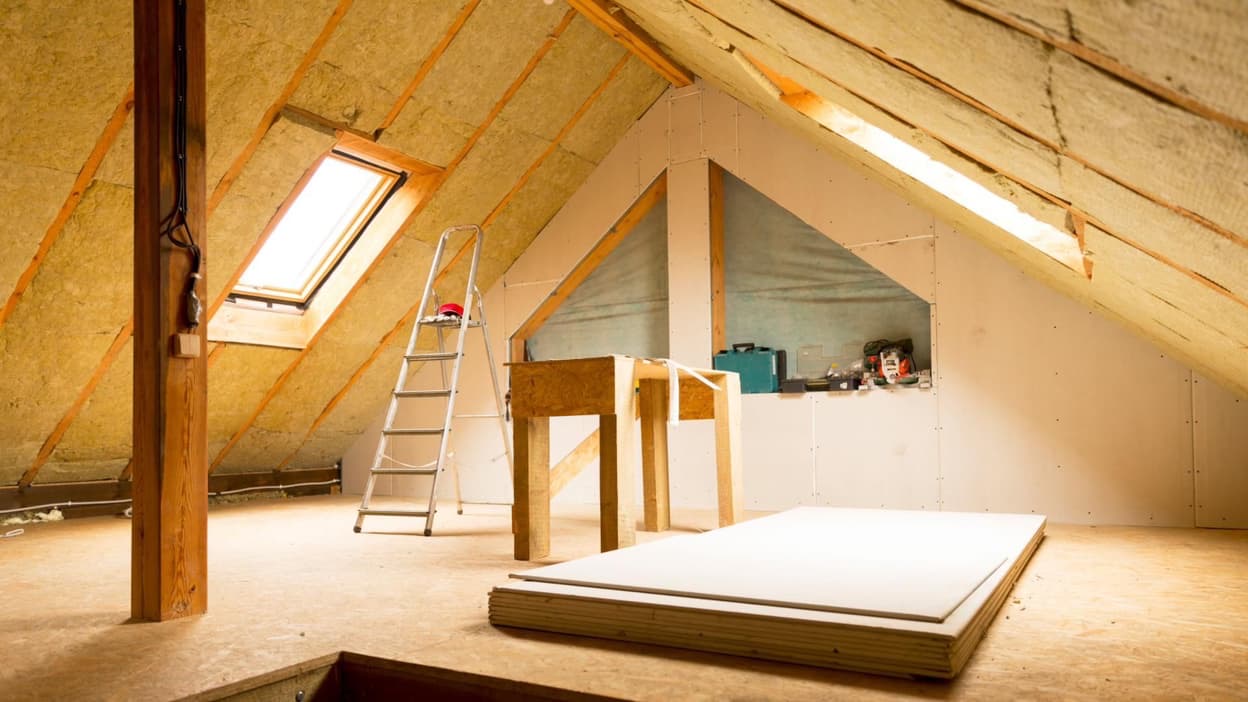



0 thoughts on “Which Way Should A Subwoofer Face In A Home Theater”